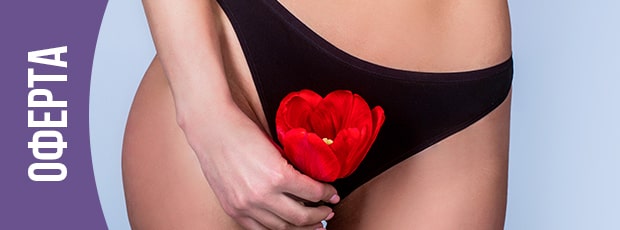A chemical peel, also known as hemexfoliation or dermapilation, uses a chemical solution to remove layers of skin, revealing younger skin underneath, and improving its appearance. It can reduce or improve fine lines and wrinkles, acne, scars, uneven skin color, and other skin imperfections. Different chemicals determine the depth of your peel and the type of skin condition treated.
What can be treated with a chemical peel (dermapilation)?
- Fine lines under the eyes or around the mouth and wrinkles caused by sun damage, aging and hereditary factors
- Some types of acne
- Light scars
- Sun spots, freckles, uneven skin coloring, etc.
- Pre-cancerous scaly patches called actinic keratosis
- Rough skin
- Dark spots (melasma) due to pregnancy or taking birth control pills
Consult a dermatologist to determine the depth of peel that is right for you. This decision may vary depending on your skin condition and treatment goals.
Bumps, bulges, deep scars, deep facial lines and more severe wrinkles do not respond well to chemical peels. If these are your concerns, other cosmetic surgical procedures such as facelifts, blepharoplasty or fillers would be better options.
Types of peeling (hemexfoliation):
There are three different types of chemical peels (hemexfoliation), which include:
- Superficial: mild acids such as alpha-hydroxy acid are used for gentle exfoliation. It penetrates only through the outermost layer of the skin - the epidermis.
- Medium: trichloroacetic or glycolic acids are used to reach the middle and outer layer of the skin. This makes it more effective for removing damaged skin cells.
- Deep: penetrate completely into the middle layer of the skin to remove damaged skin cells. These peels often use phenol or trichloroacetic acid.
Dermapiling procedure
Chemical peels are usually done in the office. Deep peels can be done in an outpatient surgical facility. The face is cleaned and protective goggles or gauze is applied. The practitioner numbs the area with an anesthetic - stronger anesthetics may be used when treating the face and neck. For deep peels, an intravenous injection is given and the heart rate is carefully monitored.
Risks and side effects of dermapilation
Common side effects are temporary and include redness, dryness, unpleasant odor or burning, and mild swelling. With deep peels, you may permanently lose your ability to catch a tan. Darkening or lightening of skin color is more common in people with darker skin. The phenol used in deep peels can damage the heart muscle, kidneys and liver and cause irregular heart rhythms.
What to expect after the dermapiling procedure:
Recovery time varies depending on what chemical peel you have done.
- Surface peeling: about 4-7 days. Skin may temporarily become lighter or darker.
- Medium-deep: from 5-7 days, redness may be observed that persists for months. The skin will initially swell and then crusts and brown patches form before new skin is revealed.
- Deep chemical peels: will cause severe swelling and redness, with a burning or throbbing sensation. It will take about two weeks for new skin to develop, although white patches or cysts may last for several weeks. It is usual for the redness to last for several months.
During recovery, strictly follow the specialist's instructions on how often to wash your face and which products you should use for this. Try to stay out of the sun until your skin has healed, and avoid using make-up or other cosmetics. You can use ice packs for 20 minutes to ease the discomfort at home.
Preparation for hemexfoliation
Before the procedure, you should first consult a dermatologist. During the consultation, together you will determine which is the best option for you. You will be informed about the details of the specific peel and asked about anything that may interfere with the procedure. This may include whether or not you have been taking acne medications and information about whether or not you scar easily.
Before chemical peels:
- do not use any type of retinol or Retin-A topical medication for at least 48 hours
- inform the specialist about all medicines you take
- must not have taken Accutane for at least six months
- take an antiviral medicine if you have a history of blisters or cold sores to prevent a problem around the mouth
- special lotions are used to improve recovery
- retinoid cream is used to prevent skin darkening
- a week before the peeling should not be waxed, hair removal or use depilatory products for hair removal.
- hair discolouration should be avoided
- a week before the peeling, discontinue the use of facial scrubs and exfoliants.







